Today wasn’t a very eventful day or photogenic location, but it was one I’ve really been looking forward to for a very long time. We took an early train to Dunkirk, France to catch a tour of the evacuation site. Getting up at 4:30am is not something I like to do after a week of constant touring, but this was definitely worth it.
The Extra Stuff
I want to start off with the non-historical things from today. We rode the Eurostar bullet train from London to Lille to Dunkirk this morning. We got to go through the Chunnel! If you’ve ever wondered what it’s like, it’s magical. This is what we experienced for 30 minutes.

France has definitely been an adjustment. While I’ve traveled in small groups to other countries before, it’s always been to places that I or someone else in the group spoke some of the local language. Before today, I knew about 3 words in French, plus some pretentious food words English borrowed. Now, I know about 5 French words and the extra. It’s a little terrifying. For someone that truly believes in the importance of respecting the local culture, it’s extremely difficult to do that when you can’t say the polite things. Everyone so far has been very helpful and kind though. Perhaps that won’t always be the case, but I wonder how much of the stereotype of the French being rude to tourists comes from clueless tourists being rude first. Guess we’ll see!
Northern France is beautiful. The fields are colorful and the towns look quiet and close-knit.
The Context
If you haven’t seen the movie Dunkirk, you’ve probably never heard of the evacuation that occurred here. It’s not often discussed in the US because we hadn’t joined the war yet, but it was one of the most important battles of the entire war.
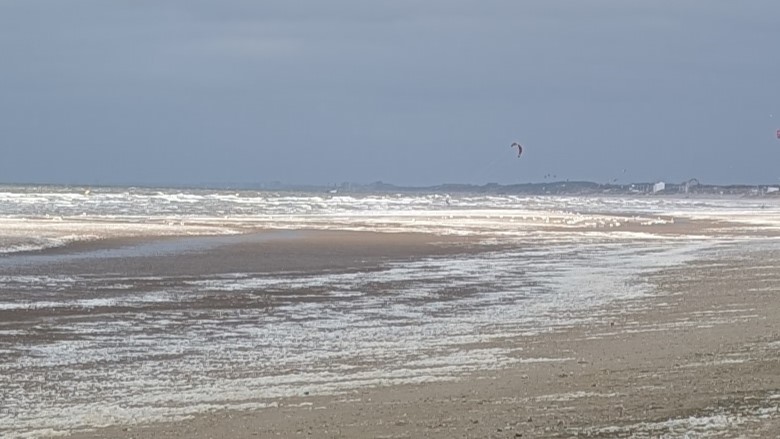
The war started in 1939 when Germany invaded Poland and the UK and France declared war on Germany due to defense agreements. The French and British armies sat on the border of Belgium, waiting for the Germans to come invade. However, they took their time. There was virtually no fighting for the first few months. Then suddenly, Germany invaded the Netherlands, Luxembourg, and Belgium in order to go around the well-defended French-German border. The French and Brits pushed forward into Belgium to save the day, but the Germans routed around them, driving their tanks through the Ardennes forest, which the Allies thought impossible. This resulted in the encirclement of practically the entirety of the Allied armies. The Germans started pressing in, pushing them toward Dunkirk and the ocean.
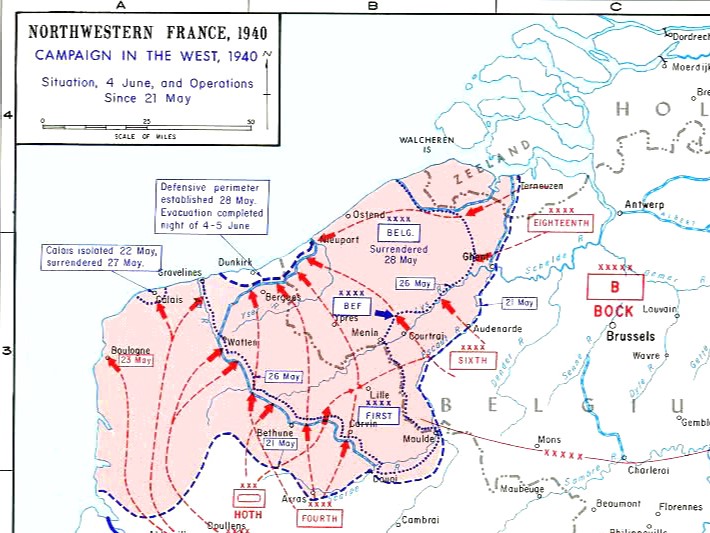
Understandably, this was a bit of a problem. The British started plotting to abandon France, assembling boats in Southern England to rescue the British troops. Luckily, the Germans had halted their tanks for some strategic concerns. But as the British and French troops assembled on several miles of beaches, waiting to leave, the German air force continued strafing and bombing the queues of soldiers. Over the course of 9-10 days, the British brought fishing boats, tugboats, barges, sailboats, and whatever else they could find to rescue the army. Over 800 boats came to aid and over 200 were sunk on the return to England. Despite all the losses, nearly 340,000 soldiers were saved during the evacuation. Many of them went on to fight the Germans in North Africa, Italy, and France once again after D-Day.
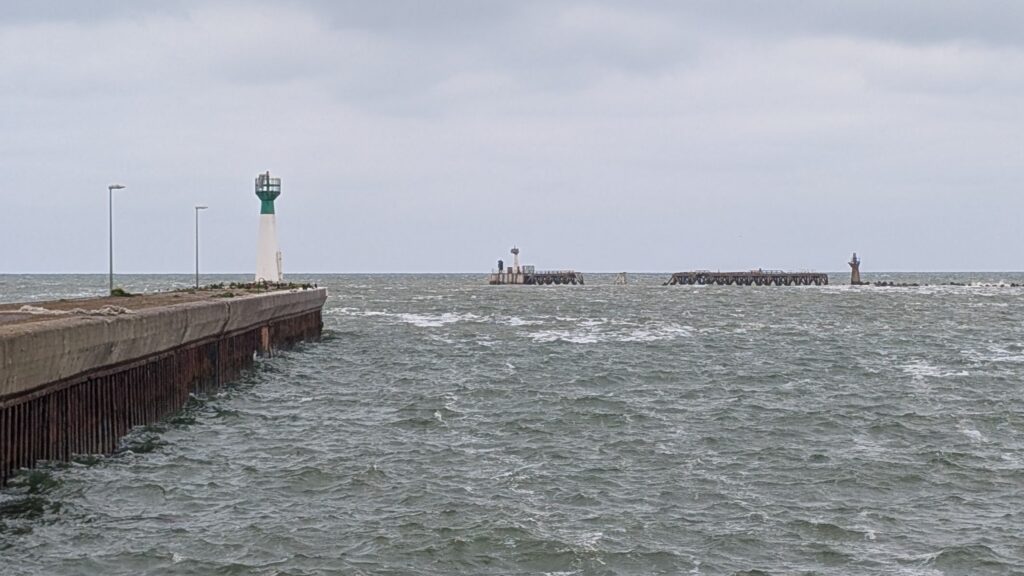
Though history is always debatable, many historians say that Dunkirk is one of the only places where Germany could have realistically done something different to win WWII. If they had not halted their tanks, the Allies would have completely lost their ability to fight before the war ever really got started. Churchill would go on to call Dunkirk the “miracle of deliverance”, although noting it as a massive defeat.
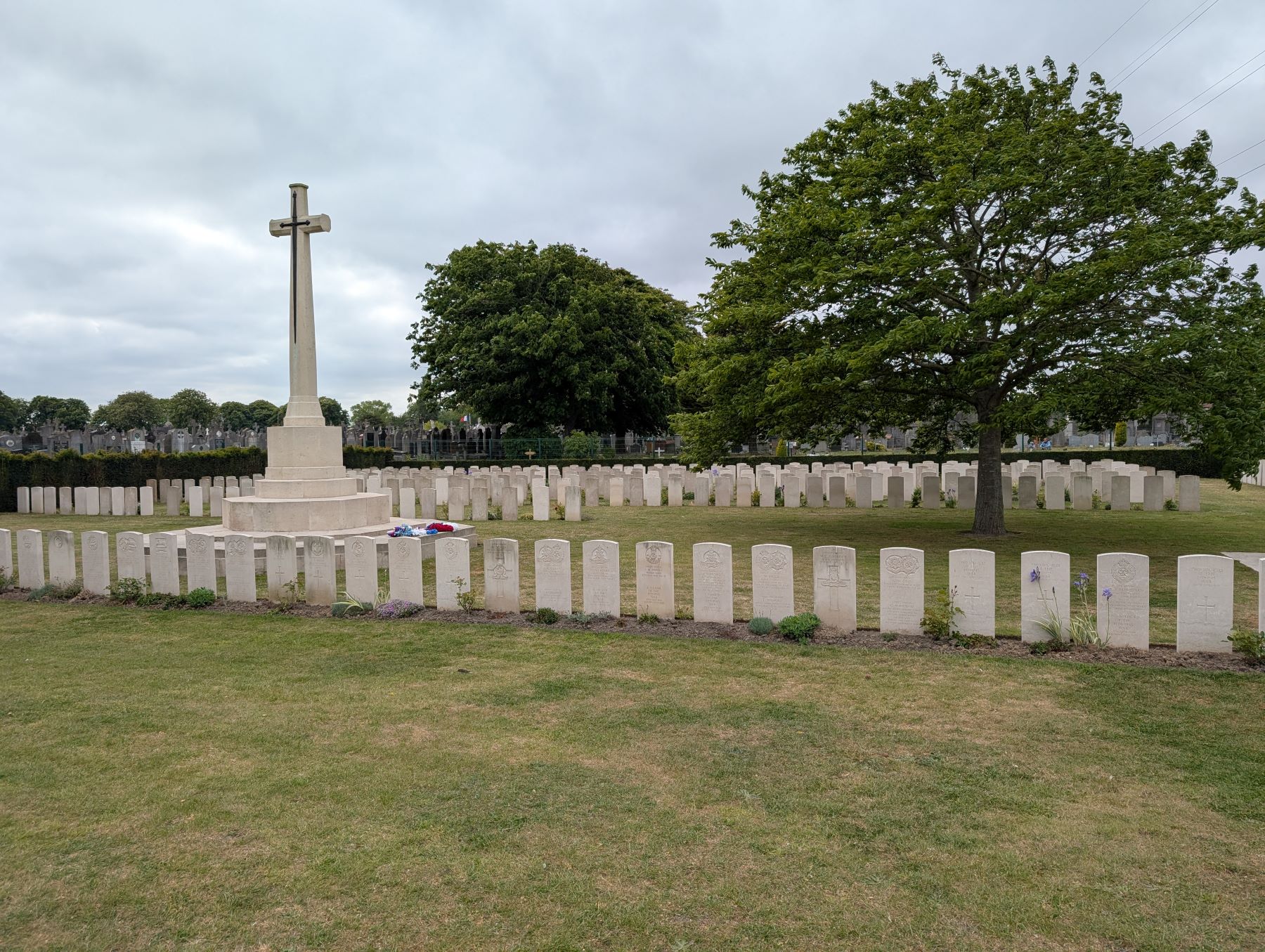
The French Perspective
Our tour guide today was a young woman in her late 20s that was born and raised in Dunkirk. She did a phenomenal job of showing us around and sharing the French perspective of the evacuation. It was only after the British troops were evacuated that the French were allowed to be saved. In some ways, that makes sense. However, it soured feelings between the French and British for most of the war. Most of the Frenchmen that were rescued at Dunkirk were also deported back to France in the west, only to be captured or killed when the Germans finished invading France. Local feelings were made worse over the next few years because when Allied bombers were returning to England with leftover bombs, they would often drop them on the Germans at Dunkirk, killing French civilians too.
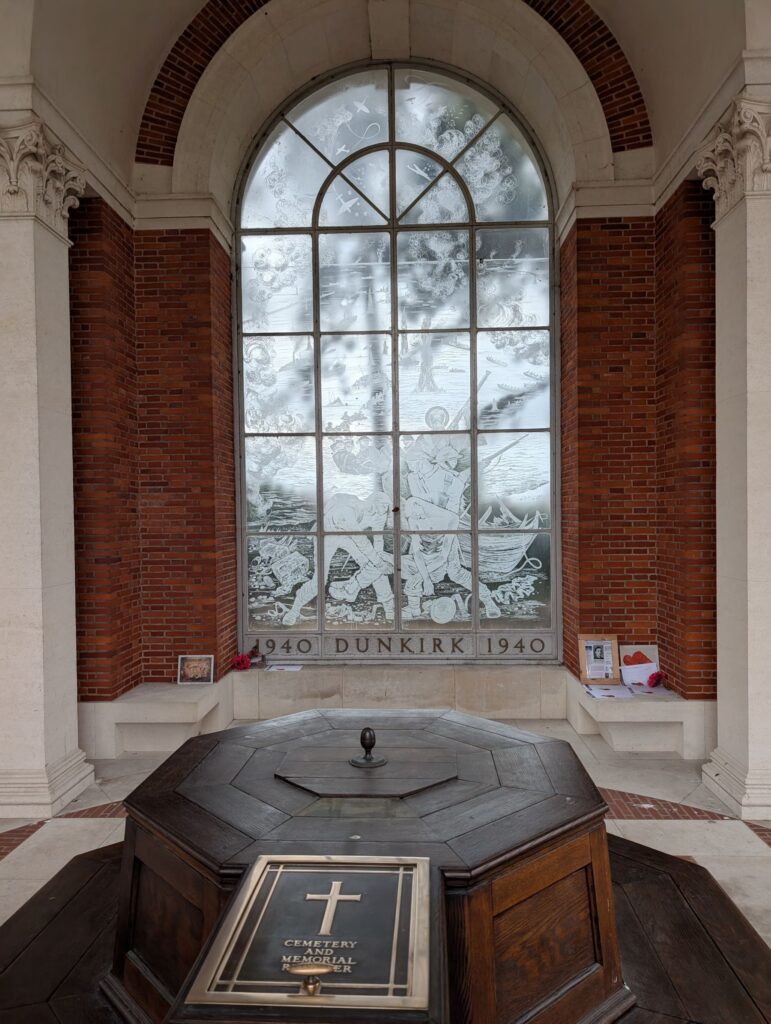
The French perspective on WWII is one rarely heard. The French Resistance is very famous for its subterfuge and effectiveness, but the general populace is almost never discussed in WWII books, at least in America. It was very interesting and saddening to hear the effect of war on the people here. War is rarely black and white. Even with WWII, a war often seen as a righteous fight between good and evil, horrible things were done by both sides. Regular people got caught in the middle. For the people of Dunkirk, a city with centuries of history, to watch their community crumble and die in the battles between foreign countries, is a tragedy in my eyes. Yet, they rebuilt. They are still a thriving city that has not forgotten what came before all that pain. They’re proud to be French and they’re proud to be Dunkirkians.
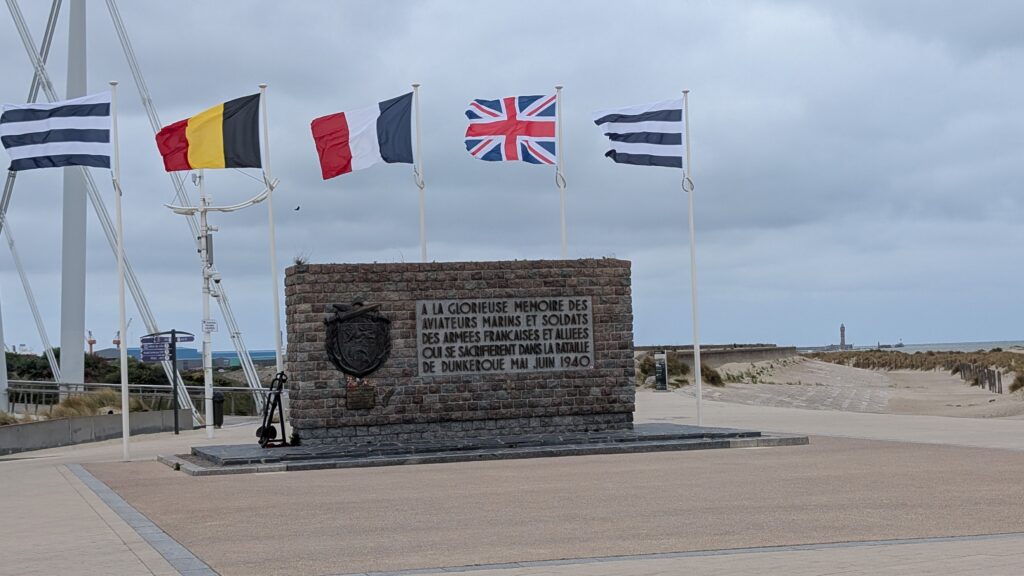
Up next
Tomorrow may be the least eventful of the trip so far. We’re just taking a couple trains to get to Caen, France, the area where the D-Day landings took place. I don’t think we’re doing any siteseeing though, so I may just take the opportunity to add some other things to the blog. It’s about time I got a decent rest.